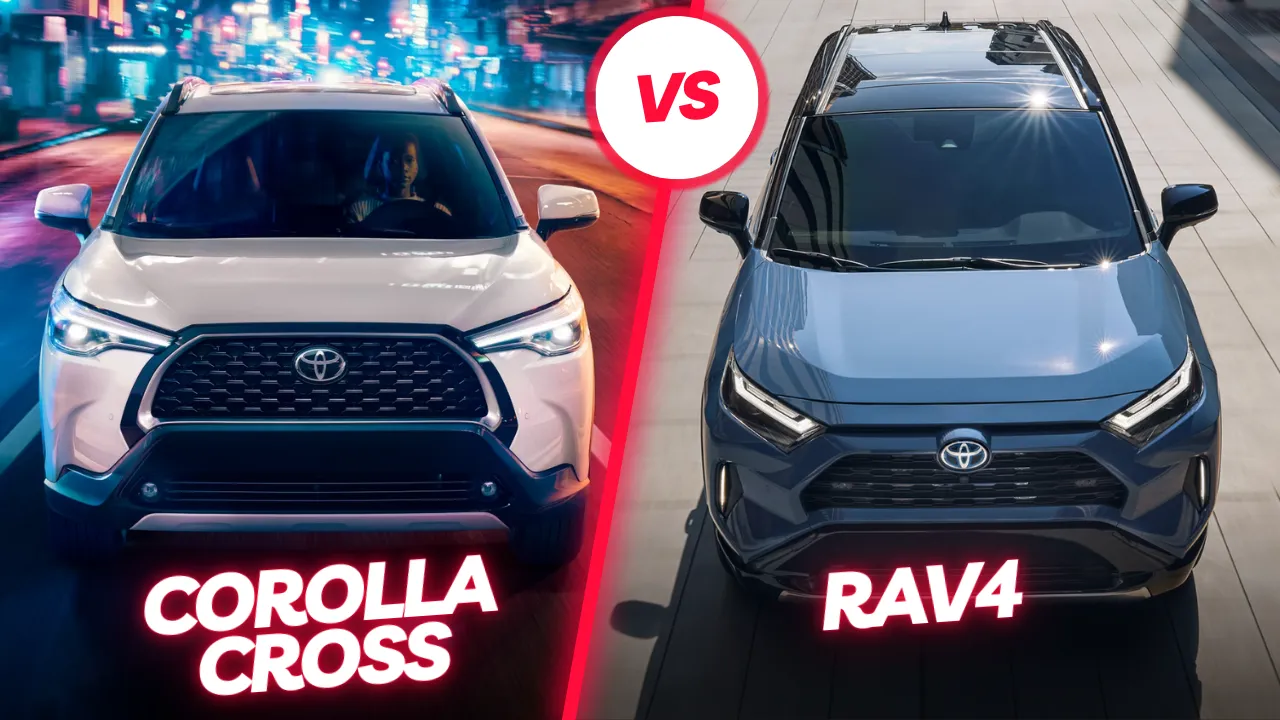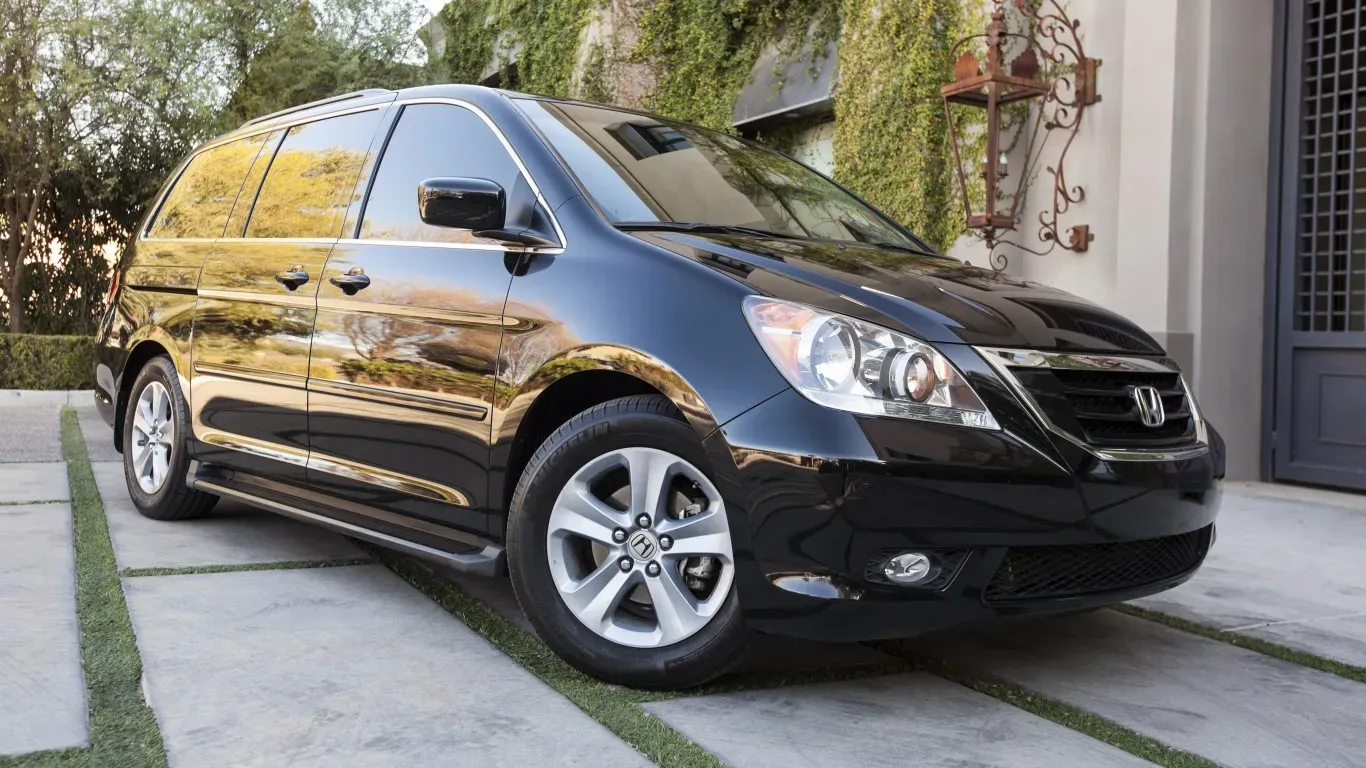Blind spot detection technology has become an essential feature in modern vehicles, significantly enhancing driver safety. Blind spots are areas around the vehicle that are difficult to see, which can lead to accidents if not monitored carefully. Recognizing this safety need, Honda introduced its own blind spot detection system, marking a significant milestone in automotive safety. But what year does Honda have blind spot detection sensor available in its vehicles? In this article, we’ll explore the year Honda introduced this critical feature, the models that benefited from it, and how it has evolved to make driving safer and more convenient.
Key Milestones in Honda’s Blind Spot Detection Technology
| Year | Model Introduced | Feature Description | Additional Safety Features |
|---|---|---|---|
| 2017 | Honda CR-V | Initial blind spot detection feature | Lane keeping assist |
| 2018 | Honda Accord | Enhanced detection accuracy | Adaptive cruise control |
| 2019 | Honda Pilot | 360-degree camera integration | Rear cross-traffic alert |
| 2020 | Honda Odyssey | Improved sensor range | Collision mitigation braking system |
| 2021 | Honda Civic | Compact model integration | Road departure mitigation |
| 2022 | Honda Passport | Faster response time | LaneWatch™ camera |
| 2023 | Honda HR-V | Smart system upgrades | Traffic sign recognition |
| 2024 | Honda Ridgeline | Latest tech with night vision | Blind spot monitoring |
| 2025 | Future models | AI-assisted blind spot detection | Fully integrated safety suite |
| 2026 | Advanced EVs | Enhanced for electric models | Autonomous driving compatibility |
What Year Does Honda Have Blind Spot Detection Sensor?
Honda first introduced blind spot detection in 2017, starting with its popular SUV, the Honda CR-V. This feature was initially aimed at reducing the risk of lane-changing accidents, which are common due to limited visibility around vehicles. The addition of the blind spot detection sensor in the Honda CR-V provided drivers with real-time alerts whenever a vehicle entered the car’s blind spots. Since then, Honda has integrated this feature into many of its models, reinforcing its commitment to safety and innovation.
Evolution of Blind Spot Detection in Honda Vehicles
Since the initial release in 2017, Honda has continuously improved its blind spot detection technology, expanding it to more models and enhancing its accuracy and functionality. Early versions used basic radar sensors to detect objects in blind spots, providing visual alerts on side mirrors. Over the years, Honda refined this system, integrating it with the vehicle’s other safety systems to offer a seamless, reliable experience. In recent models, Honda’s blind spot detection includes 360-degree coverage and faster response times, providing drivers with timely warnings to prevent potential accidents.
How Blind Spot Detection Works in Honda Vehicles
Honda’s blind spot detection system uses a combination of sensors and cameras strategically placed around the vehicle. These sensors actively monitor the areas adjacent to the vehicle, detecting other cars as they enter the blind spot. When a vehicle is detected, the system activates a warning light on the corresponding side mirror or an audio alert if the driver signals to change lanes. This proactive approach helps drivers make safer decisions and reduces the risk of side collisions, especially on highways where lane changes are frequent.
Popular Honda Models with Blind Spot Detection Sensors
Honda’s commitment to safety is evident across its popular models. Vehicles like the Honda Accord, Honda CR-V, Honda Pilot, and Honda Odyssey are equipped with blind spot detection sensors as standard or optional features, depending on the trim. Each model’s system is tailored to meet the needs of the driver. For instance, the larger Honda Pilot offers expanded blind spot coverage to account for its size, while the compact Honda Civic’s system is optimized for city driving. This flexibility allows Honda to provide targeted safety features across different vehicle types, ensuring a safer driving experience for all.
Comparison
When comparing Honda’s blind spot detection technology to competitors like Toyota, Ford, and Hyundai, Honda’s approach stands out for its reliability and innovation. Honda introduced this feature earlier than some other manufacturers in the mid-tier segment, giving it an edge in the market. While other brands also offer blind spot detection, Honda’s system is known for its quick response and seamless integration with other safety systems. This advantage highlights Honda’s proactive approach to safety, allowing it to compete effectively even in segments dominated by established safety leaders.
Advanced Driver Assistance Integration
Honda’s blind spot detection system is an integral part of its Advanced Driver Assistance System (ADAS), working alongside other safety technologies. This integration enables the blind spot detection feature to communicate with systems like Adaptive Cruise Control and Lane Keeping Assist, ensuring a more cohesive response to potential hazards. For instance, if the blind spot detection sensor identifies a vehicle in the driver’s blind spot while Adaptive Cruise Control is active, the system can adjust speed to maintain a safe distance. This level of automation contributes to a safer, smoother driving experience, highlighting Honda’s commitment to driver and passenger safety.
Blind Spot Detection in City vs. Highway Driving
The blind spot detection needs of a driver can vary significantly between city and highway driving. In urban environments, Honda’s system is tailored to identify vehicles and even cyclists within close range, ensuring safe turns and lane changes in congested areas. On the highway, however, the detection range is extended to anticipate vehicles that may be approaching at higher speeds. This flexibility makes Honda’s blind spot detection valuable across different driving conditions, providing an adaptive response that meets various safety needs based on the environment.
User Feedback on Honda’s Blind Spot Detection
Owners of Honda vehicles equipped with blind spot detection have generally praised its accuracy and reliability. Many drivers report that the system’s visual and audible alerts are highly responsive, giving them confidence during lane changes and heavy traffic conditions. Users also appreciate the intuitiveness of the alerts on their side mirrors, which are strategically placed within the driver’s line of sight. Feedback from long-term owners indicates that Honda’s blind spot detection feature has enhanced their overall driving experience, especially in high-traffic zones.
Common Issues and Honda’s Solutions
While Honda’s blind spot detection is widely recognized for its reliability, there have been occasional reports of issues, such as false alerts in heavy rain or during sharp turns. Honda has proactively addressed these concerns by refining its sensors and software to minimize such errors. Newer models now feature improved weatherproofing for sensors and enhanced software that filters out unnecessary signals, reducing the chance of false alerts. These updates ensure that drivers can rely on the system, regardless of weather conditions or driving maneuvers.
Impact on Insurance and Safety Ratings
Honda’s commitment to safety through features like blind spot detection has had a positive impact on insurance premiums and safety ratings. Vehicles equipped with advanced safety features, such as blind spot detection, often qualify for lower insurance premiums, as they reduce the risk of accidents. Additionally, these safety features have helped Honda vehicles achieve high safety ratings from organizations like the National Highway Traffic Safety Administration (NHTSA). Honda’s focus on safety technology thus provides financial benefits for drivers while enhancing overall road safety.
Blind Spot Detection in Honda’s Electric Vehicles (EVs)
As Honda shifts toward electric vehicles, it continues to integrate blind spot detection in its EV lineup, ensuring that sustainability does not compromise safety. Honda’s electric models, such as the upcoming Honda Prologue, are equipped with blind spot detection and other ADAS features that cater to the specific needs of EV drivers. This includes adjustments to handle the unique dimensions and acceleration patterns of electric vehicles. By including blind spot detection in its EVs, Honda assures environmentally-conscious drivers that safety remains a top priority.
The Future of Honda’s Safety Technology
Honda is constantly evolving its safety technology, with plans to enhance blind spot detection even further. The future of Honda’s safety systems may include AI-powered blind spot detection, which uses predictive analytics to anticipate potential collisions based on traffic patterns. Honda’s future models, including advanced EVs, are expected to feature this technology, providing even higher levels of safety for drivers and passengers. This dedication to innovation positions Honda as a forward-thinking automaker, continually advancing to meet the changing demands of modern road safety.
Conclusion
In conclusion, what year does Honda have blind spot detection sensor available in its lineup? Honda introduced this life-saving feature in 2017, starting with the CR-V, and has since expanded it across its vehicle range. With continuous improvements in technology and a commitment to driver safety, Honda has ensured that its blind spot detection system remains one of the best on the market. For drivers seeking a vehicle with advanced safety features, Honda’s models equipped with blind spot detection are an excellent choice, delivering both peace of mind and enhanced road safety.
I’m Waqas, an electric vehicle enthusiast and tech writer with over 6 years of experience covering the EV industry. I write in-depth articles, comparisons, and reviews to help readers understand the fast-evolving world of electric mobility. From battery technology to EV launches and charging trends, I aim to make complex EV topics simple, engaging, and informative for everyday drivers and curious readers alike.





